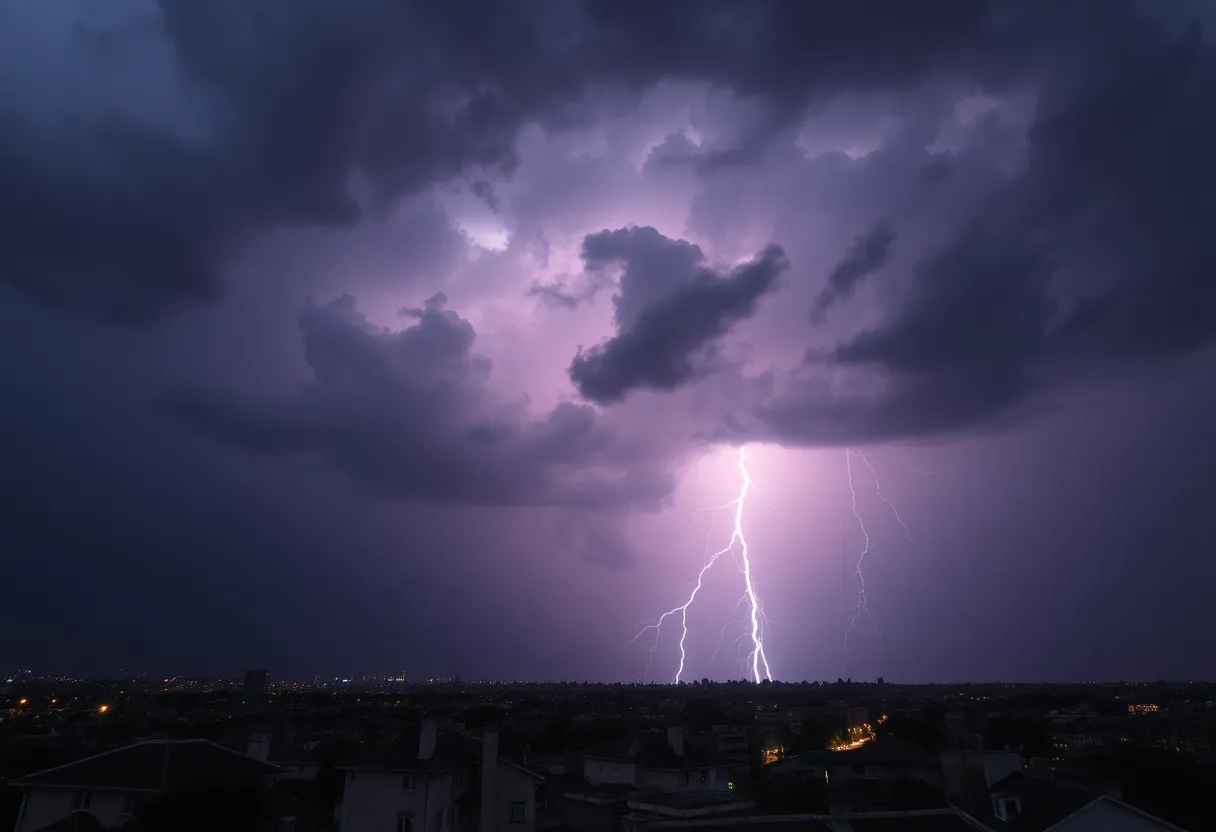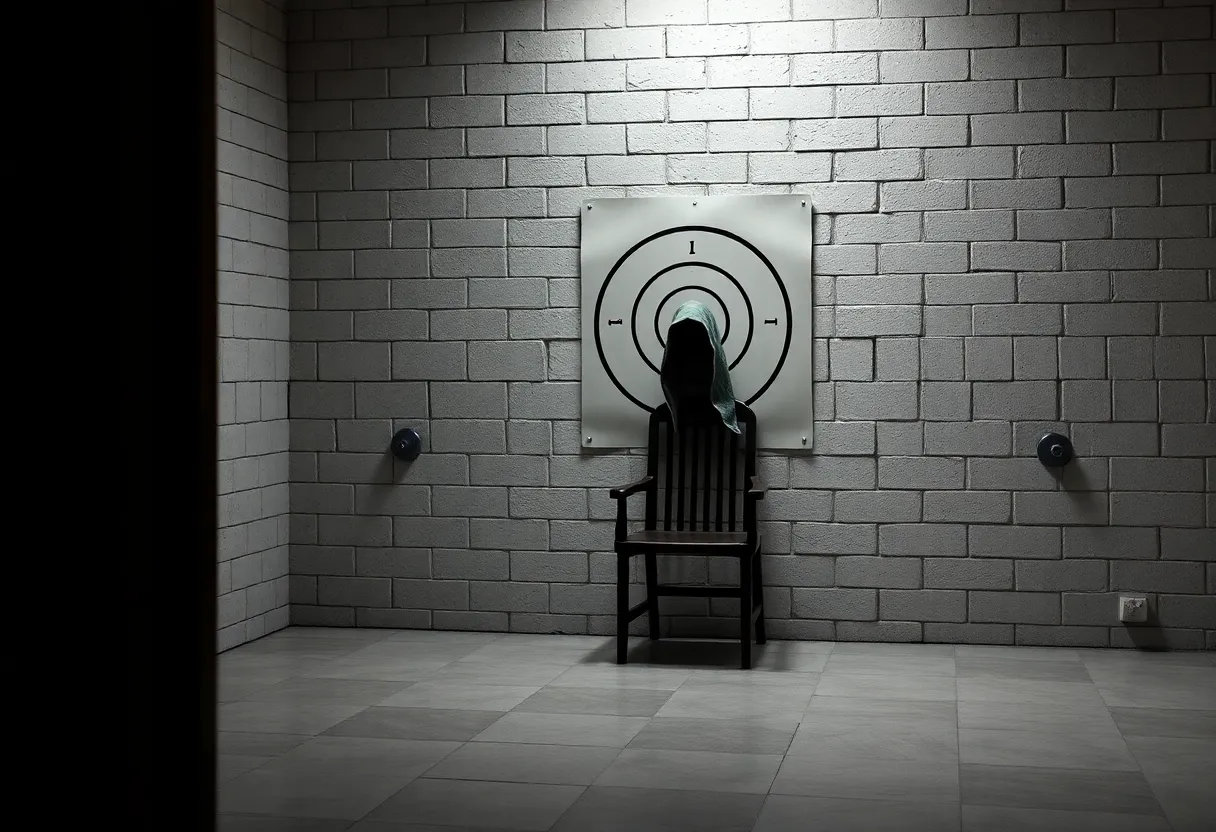Severe Thunderstorm Watch Issued in Columbia, SC
Columbia, South Carolina – As the skies darken and thunder rumble, residents of Columbia are being urged to stay alert. On Monday at 4:48 p.m., the National Weather Service (NWS) Columbia issued an updated severe thunderstorm watch that’s currently in effect until 7 p.m. This warning covers multiple counties, including Aiken, Barnwell, Fairfield, Lancaster, Lexington, Newberry, Richland, and Saluda.
What to Expect
During this time, the potential for dangerous thunderstorms is high. Lightning is a real concern; in fact, it strikes the United States around 25 million times each year. The summer months are especially notorious for lightning activity, resulting in an average of 20 fatalities each year. The chance of lightning increases as the storm approaches, peaks when the storm is right above you, and then drops as it moves away.
Staying Safe During Thunderstorms
So, what can you do to keep yourself safe if you find yourself in one of these storms? If you can’t find indoor shelter right away, here are a few suggestions:
- Seek shelter in a vehicle if you don’t have a sturdy building nearby. Make sure to stay inside with the windows closed, and avoid touching metal surfaces during the storm.
- If you are outside with no options for shelter, try to find a low-lying area, crouch down, and protect your head. Avoid trees as they can attract lightning.
- Stay away from bodies of water, as water is an excellent conductor of electricity.
Understanding Hydroplaning
Another concern during stormy weather is driving safety. You might have heard the term hydroplaning—but what does it really mean? Hydroplaning occurs when a vehicle begins to uncontrollably slide on wet roads. This dangerous situation happens when water in front of the tires builds up faster than the vehicle’s weight can push it out of the way. When this happens, water pressure causes the car to rise and slide on a thin layer of water between the tires and the road surface, leading to a loss of control.
The primary causes of hydroplaning include:
- Speed: Driving too fast on wet roads increases the chances of losing contact with the road.
- Tire wear: Worn tires can’t channel water away efficiently.
- Water depth: Deeper puddles present a higher risk of hydroplaning.
If You’re Hydroplaning
Should you find yourself in a situation where your vehicle is hydroplaning, here are some tips to regain control:
- Stay calm and avoid slamming on the brakes.
- Gradually steer in the direction you want to go.
- Let your vehicle slow down naturally until you regain traction.
Being aware of the risks associated with thunderstorms and taking proactive steps to ensure your safety can make all the difference during severe weather. Make sure to listen for updates and take the necessary precautions. Stay safe, Columbia!





 Mays Contracting
Mays Contracting

